Modern wedding bouquets can consist of any type of flower. However, there are several tried and true flower choices that can be found at most weddings. Here is a list of some of the most popular flowers for wedding bouquets and what they symbolize.
Rose
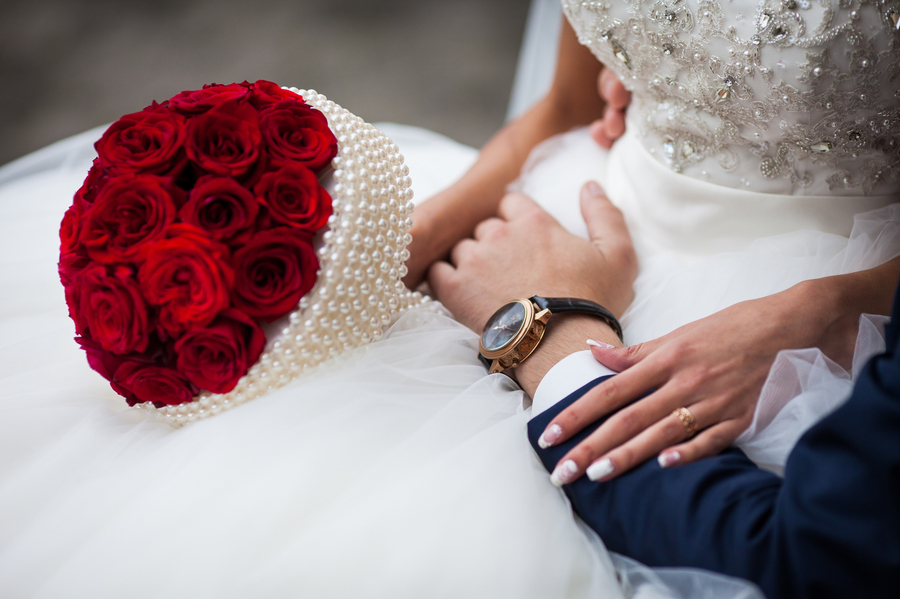
The rose is one of the most popular flowers for wedding bouquets and has been for decades. Many people give their partners flowers while dating and as engagement gifts. Because they symbolize love, they make excellent wedding bouquet flowers. Each color of rose has a different meaning.
Ranunculus
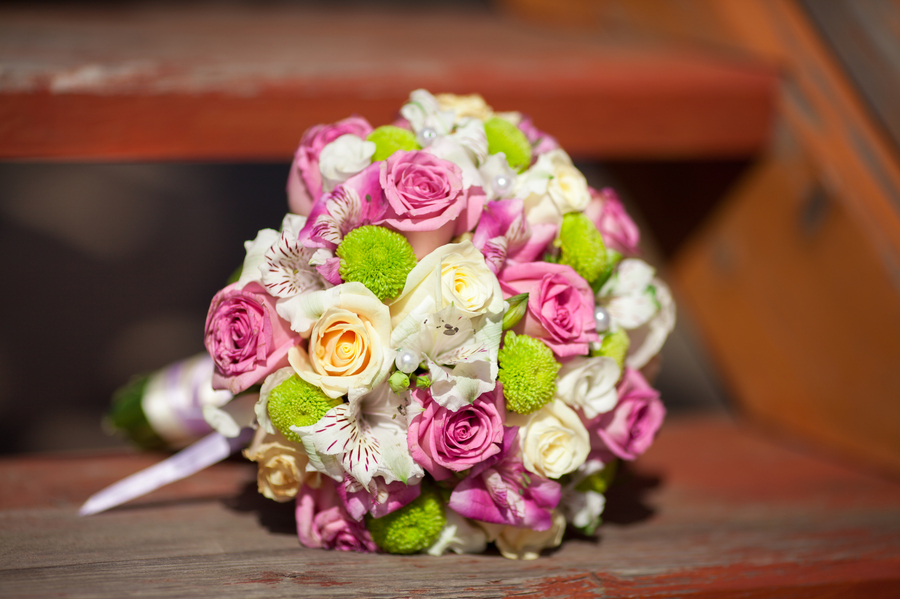
The ranunculus has a similar style to the rose but has a rounder shape. Its many petals and stunning appearance has made it a popular bouquet flower choice for weddings. The ranunculus is a beautiful, breathtaking flower that symbolizes joy!
Peony
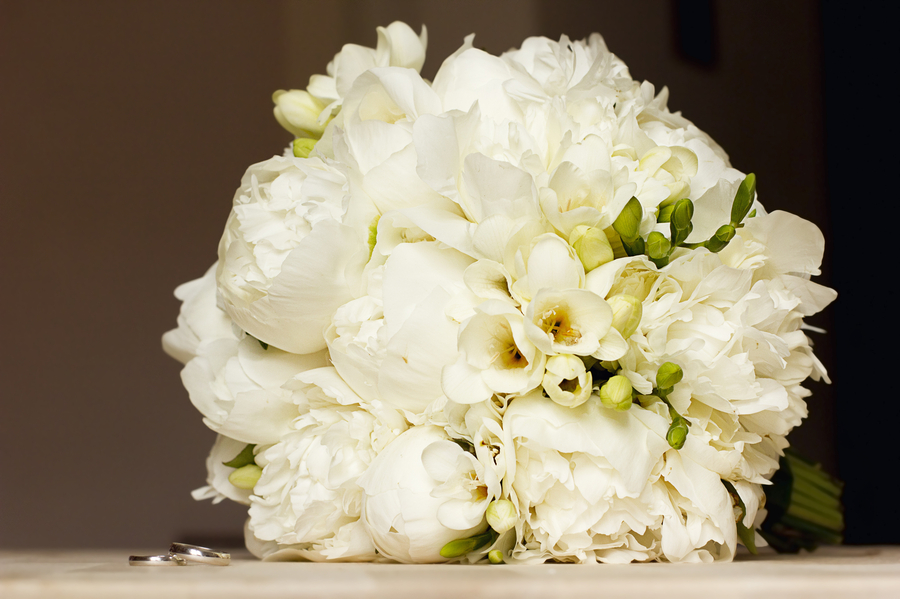
The peony is a dramatic, spring-blooming flower that has an enchanting fragrance. Its huge blooms are favored by brides who want to add drama to their bouquets. The peony is a popular choice and symbolizes prosperity.
Dahlia
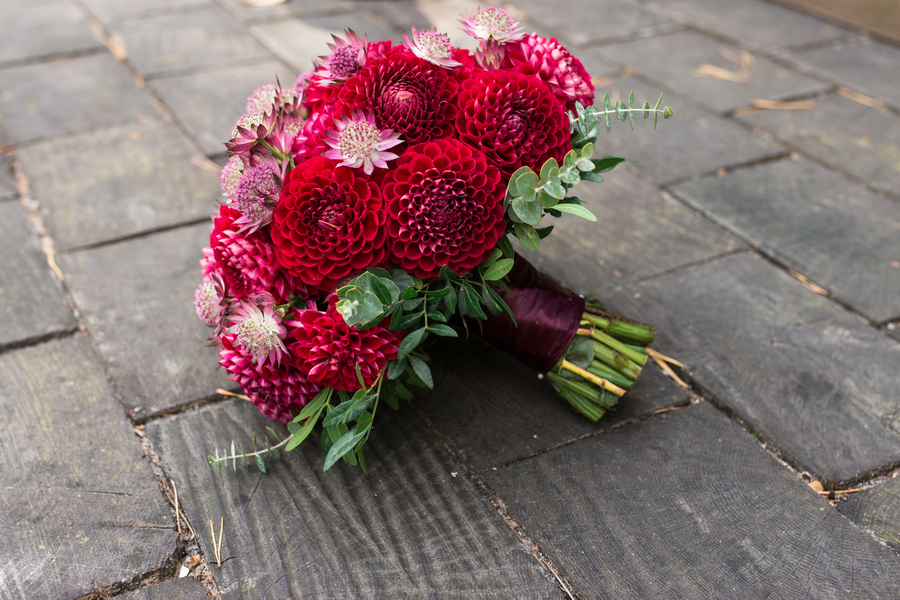
The dahlia is another dramatic and showy flower. With their many petals and endless color options, dahlias are a favorite bouquet addition. Fit for weddings, the dahlia symbolizes commitment.
Calla lily
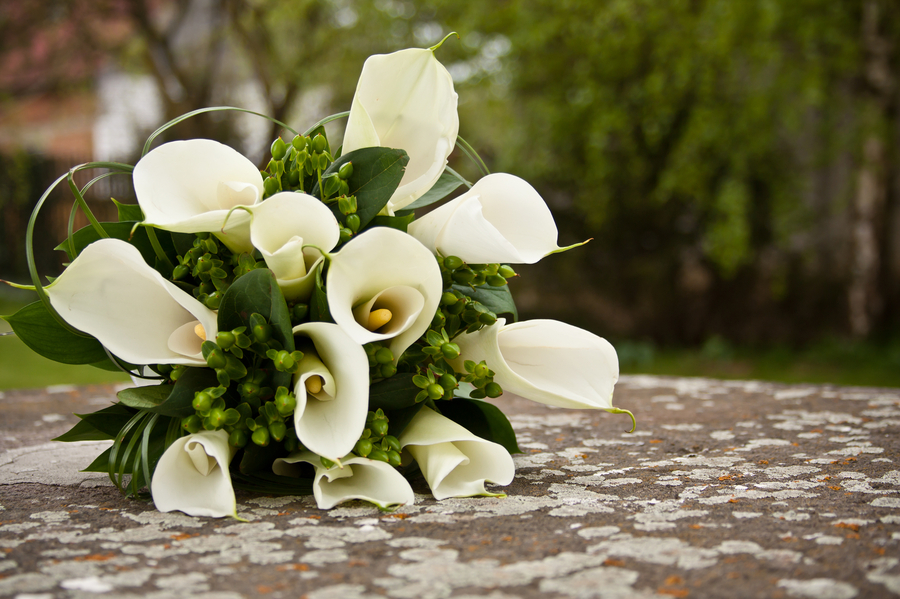
The timeless and elegant white calla lily is a sophisticated flower choice for bouquets. They rose in popularity in the 2000s and have remained a popular choice since. Calla lilies symbolize youthfulness and love for life.
Gardenia
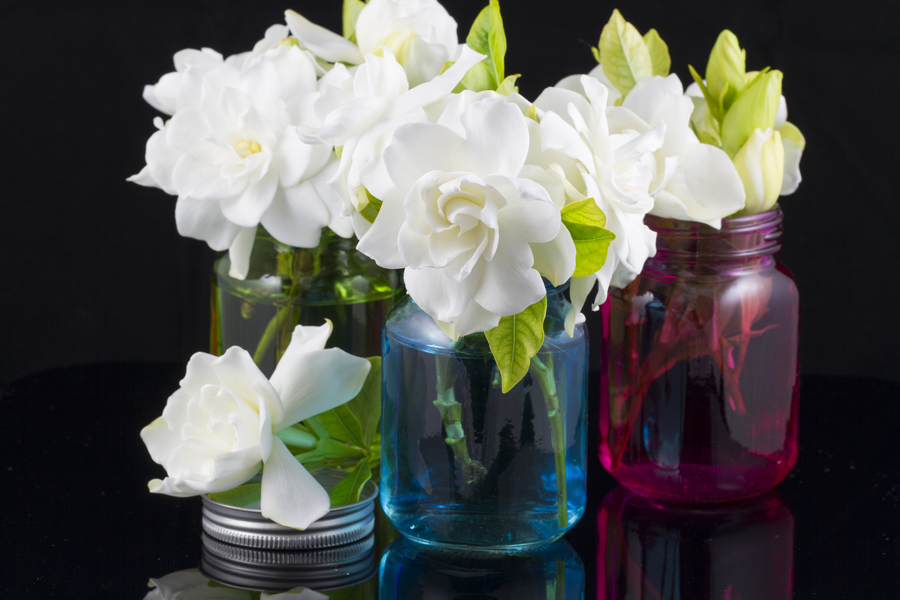
Gardenias make for popular flowers for wedding bouquets in warmer climates. Their delicious fragrance and delicate petals make for great bouquet flowers. Gardenias symbolize hope and excitement for the future.
Lily of the valley
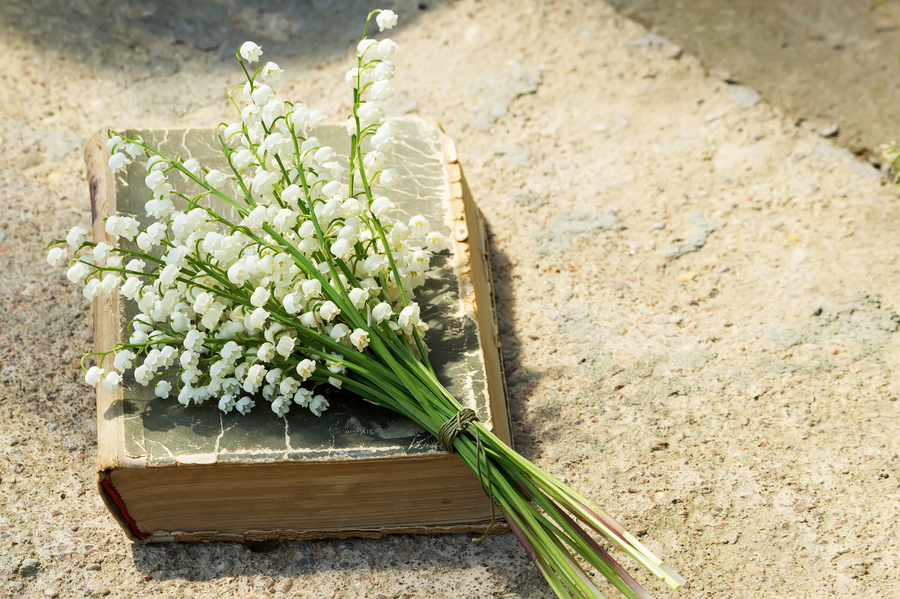
Lily of the valleys were really popular in the 1950s when Grace Kelly used them in her wedding bouquet. Their delicate bell-shaped flowers stand out against their solid green foliage in bouquets. These flowers symbolize innocence and fertility.
Baby’s breath

While baby’s breath are rarely the star of the show or the popular flowers for wedding bouquets, they are a staple in many arrangements. Baby’s breath and their many tiny flowers give depth to flower bouquets. The many flowers symbolize the wish for a million days with the one you love.
Anemone
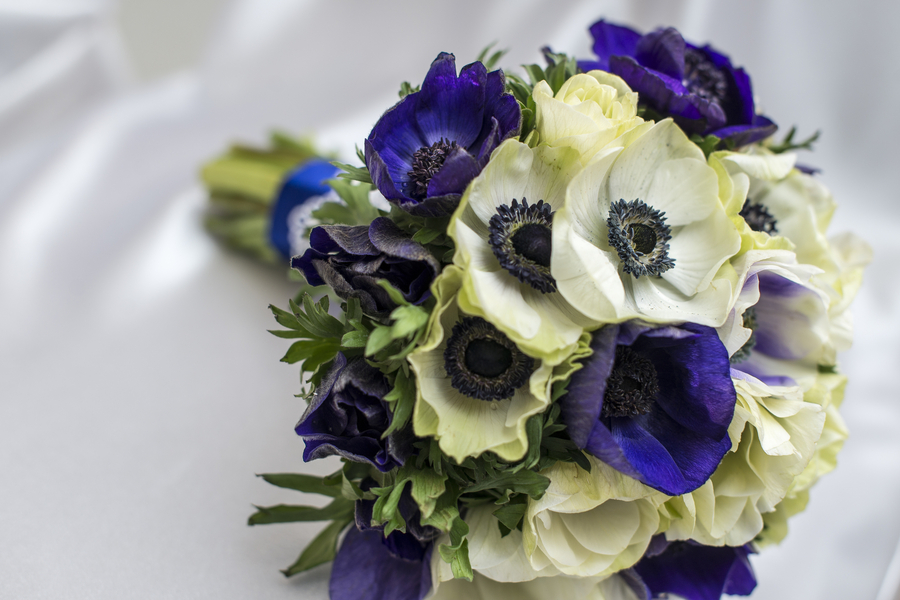
Anemones have increased in popularity in recent years. They are admired for their delicate petals and a wide array of color options. Their unique looks make them ideal additions to a summer bouquet. The anemone symbolizes anticipation.
Sweet pea
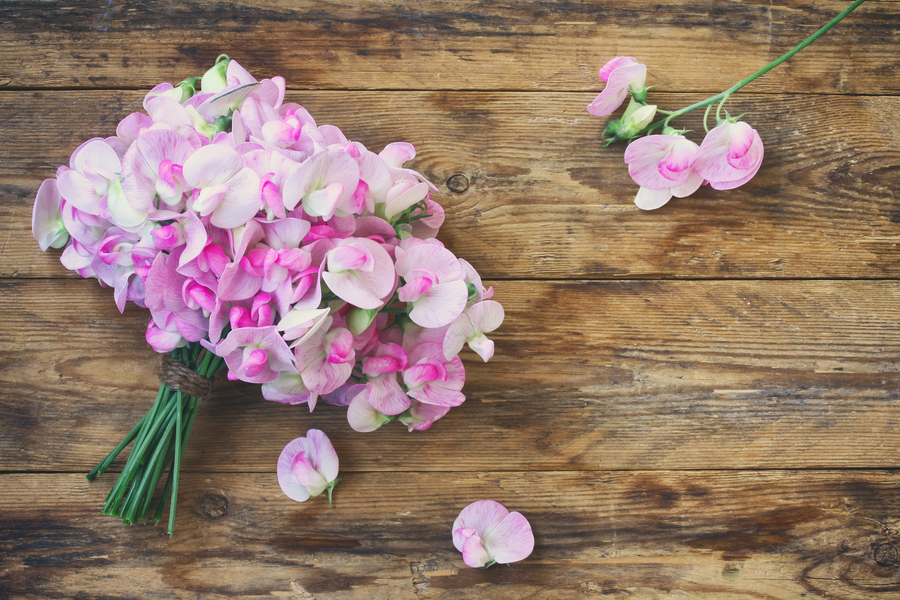
Sweet peas are both beautiful and tasty and can be found in many vegetable gardens. Florists and gardeners alike appreciate their showy, colorful blooms. Because they are easy to grow, some brides grow sweet peas for their own weddings. Unsurprisingly, the sweet pea flower represents kindheartedness.
Hydrangea
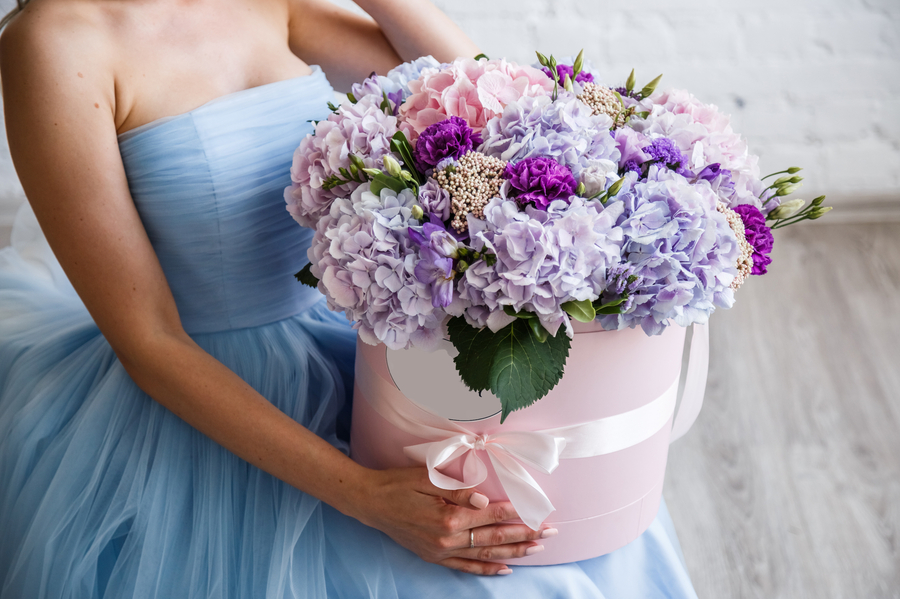
Dramatic, large hydrangeas are underrated when it comes to popular flowers for wedding bouquets. It has many blooms on a single flower head and is an inexpensive option. The lovely hydrangea represents appreciation.
Brief History of Wedding Bouquets
The history of having flowers at wedding ceremonies begins before the bouquet. All cultures throughout history relied on plants and flowers for survival. Plants have been used for food, as medicine, as well as to make clothes and dye clothes.
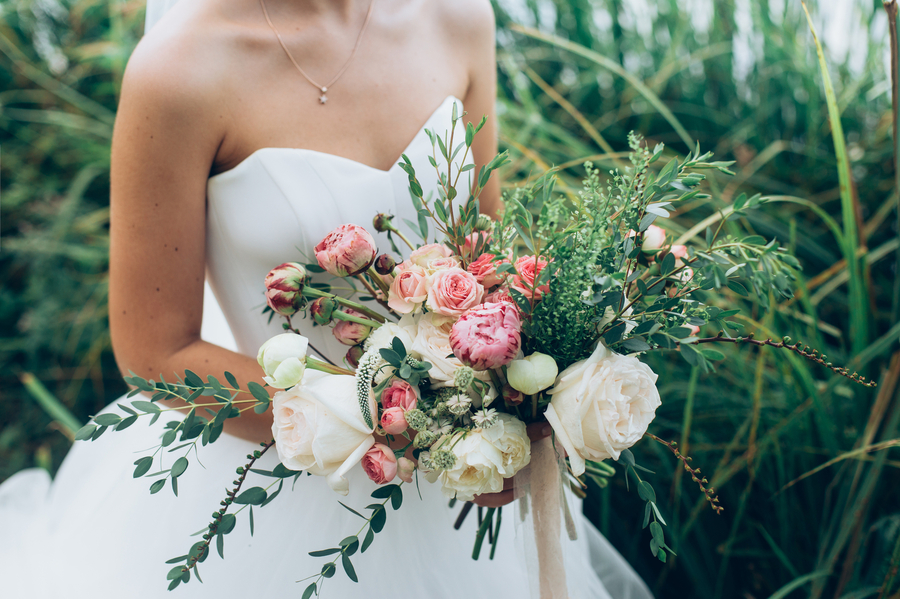
For centuries, flowers have been praised for their aesthetic value. They have been the subject of paintings and other artworks. Vases were made from clay so flowers could be enjoyed indoors.
Since wedding ceremonies are a cornerstone in many cultures, it is natural that flowers and plants would play a role. While their purpose has changed throughout the years, their presence has not.
From sacred herbs to wedding florals, here is a brief history of the bouquet:
Ancient Greece and Rome

Flowers and foliage were used in ancient Rome and Greece. During that period, women would carry garlands of herbs at their wedding ceremonies. Herbs and other plants were used as a means to ward off evil spirits. Additionally, some plants of special significance were carried by the bride to honor the gods.
European Middle Ages
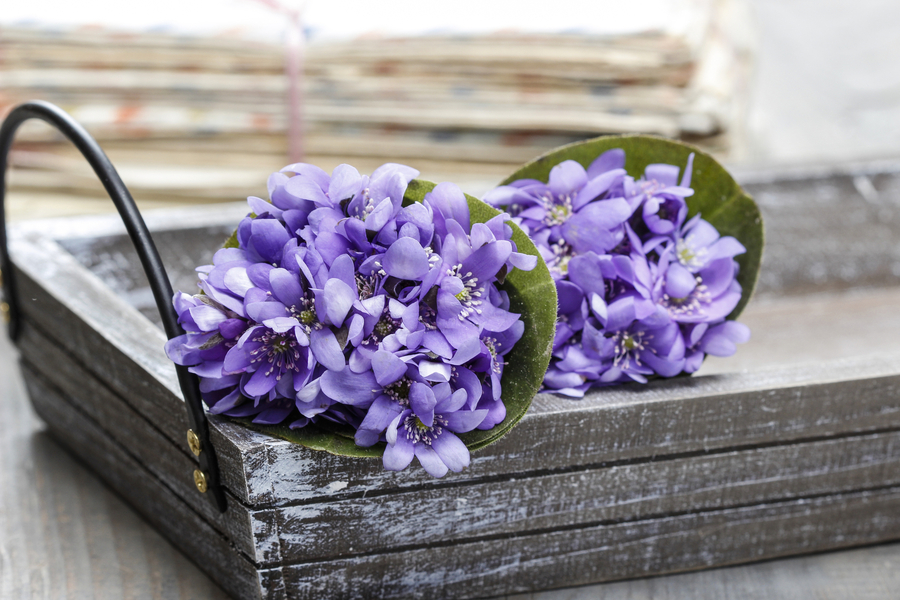
Because the middle ages were marked by death from the plague and poor hygiene, flowers were commonplace at weddings. Bunches of flowers were carried in the middle ages for their enjoyable fragrance. In addition to improving the aroma at weddings, plants were utilized for spiritual purposes. Garlic and spices were also used to ward off evil spirits and protect the newlyweds from harm.
English Edwardian
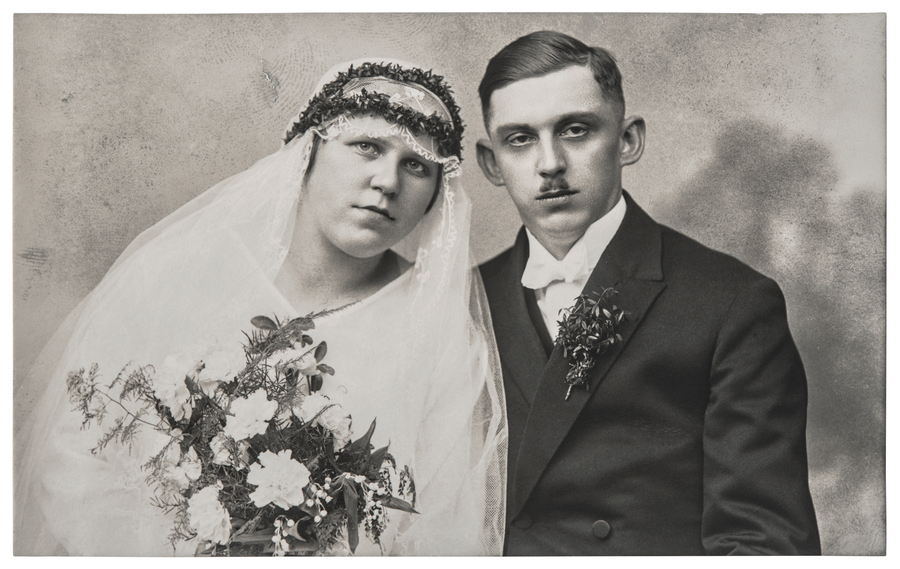
In Edwardian times, flowers were used decoratively. Wealthy brides would put flowers and foliage in their hair. They occasionally carried flowers that were meaningful to them. Brides chose flowers for their symbolism. They also selected flowers based on what blessings they could bring to the newly married couple.
English Victorian
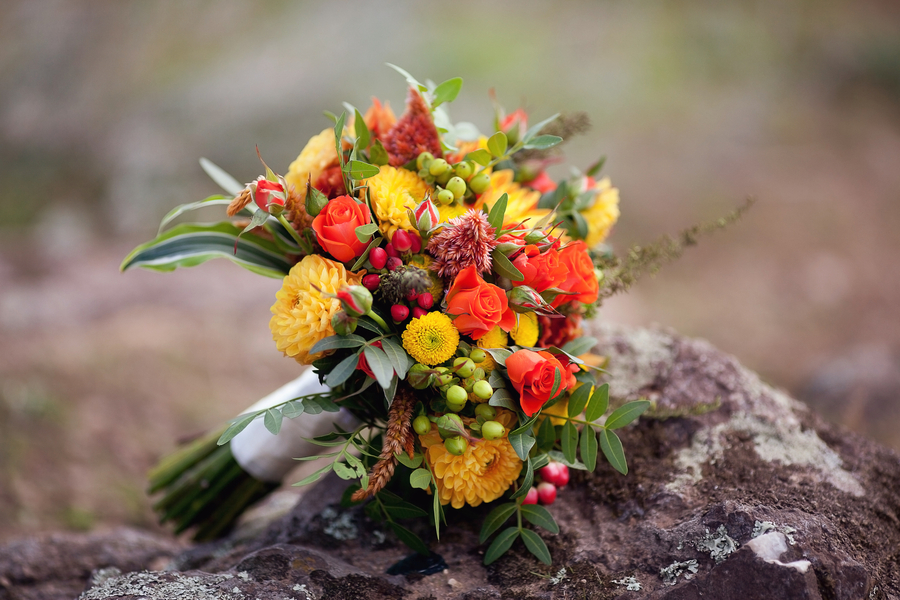
In the Victorian era, brides didn’t often put flowers in their hair like during the Edwardian times. Instead, they created elaborate bouquets, similar to what we have today. The popular flowers for wedding bouquets during this period were prized for their beauty and color as that era’s brides favored vibrant, dramatic color.
Cultural Traditions
Many cultures have specific traditions surrounding wedding flowers. Wedding flowers and plants hold sacred meanings in many cultures across the world. They are used to bring fortune and favor, to symbolize love, and to ward off evil spirits. Here are a few flower traditions celebrated around the world:
China
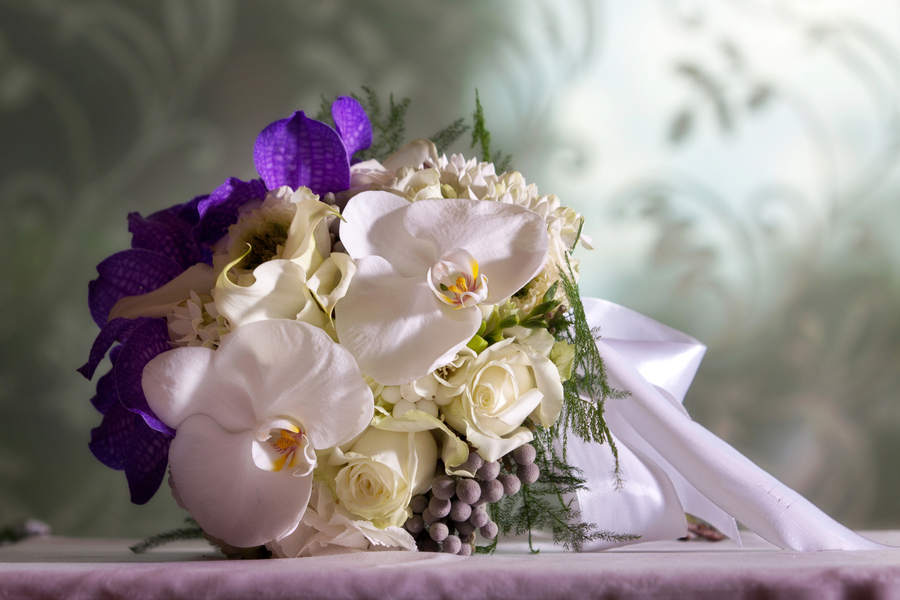
Lilies are used to bless the couple with a harmonious union. Orchids are also given to wish the couple many years of happiness.
India
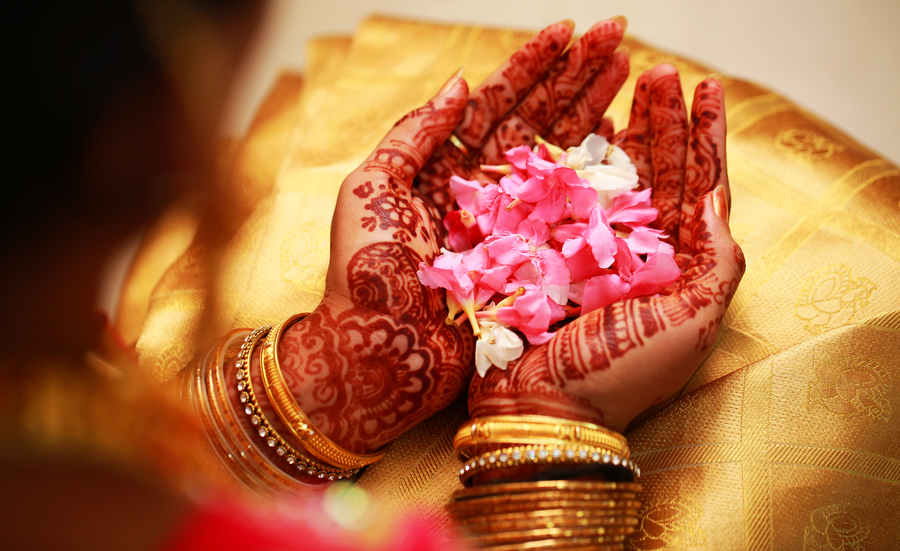
Because there are many cultures within India, there are many wedding flower traditions. A widely practiced Indian wedding tradition is showering the new couple with flower petals. There, marigolds are also used in weddings. They are beloved and popular flowers for wedding bouquets and garlands that symbolize positivity.
Thailand
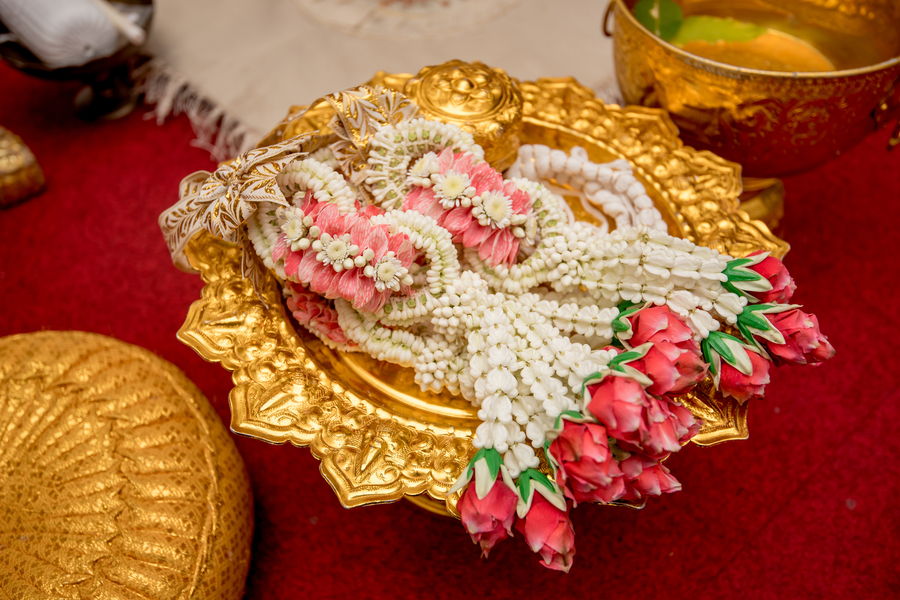
In Thailand, garlands of flowers are draped around newly married couples. This is a gesture of love done by families and is seen as a blessing for the couple.
Ukraine
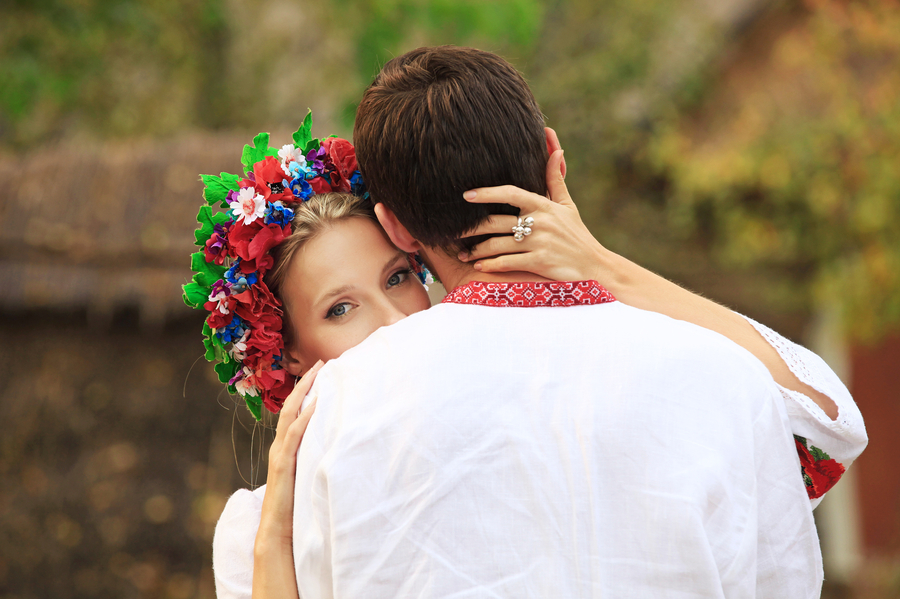
The use of wedding wreaths is a common floral tradition in Ukraine. During the wedding ceremony, the bride and groom will place wreaths of wheat on each other’s heads. The wreaths signify love and respect.
If you liked reading about Popular Flowers for Wedding Bouquets, you might like:
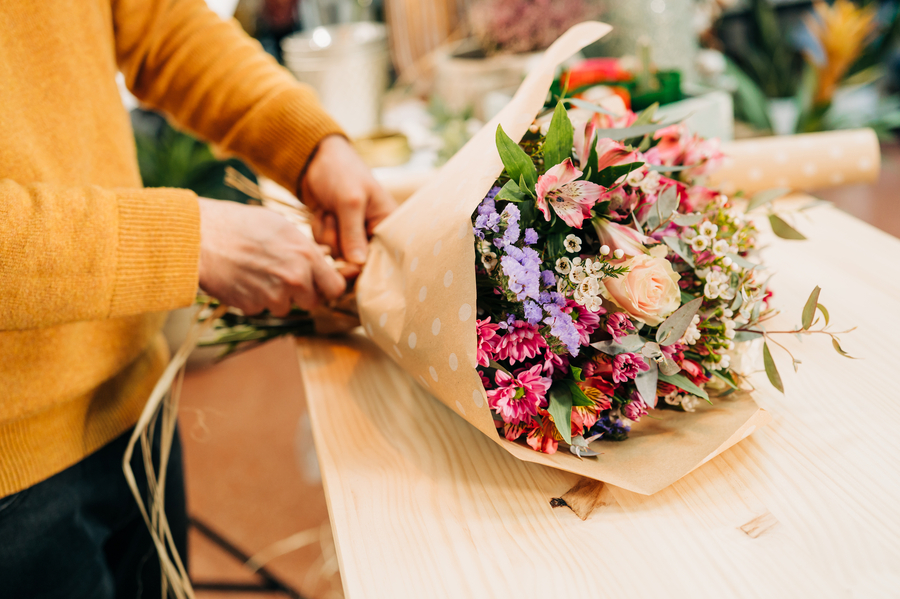
Know all about the 5 basic bouquets! This will come in handy when you’re picking popular flowers for wedding bouquets
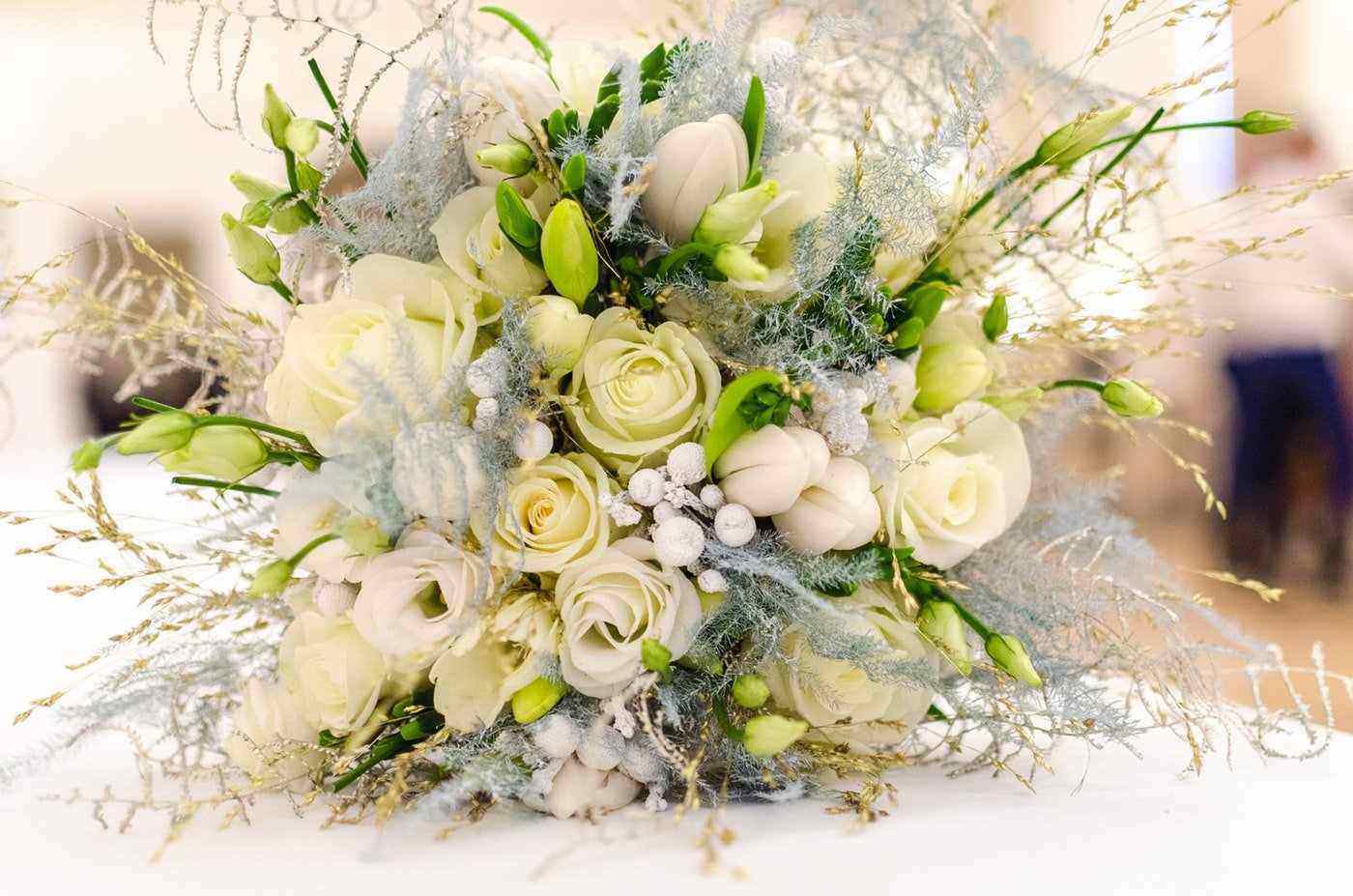
Wondering what flowers to choose for your bouquet or the aisle décor? This article will help you make the most meaningful wedding flower choices for your flower girls and even your guests!
Image credit: Depositphotos